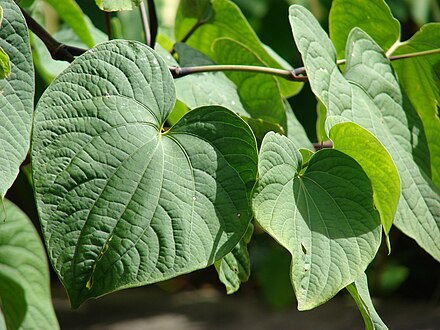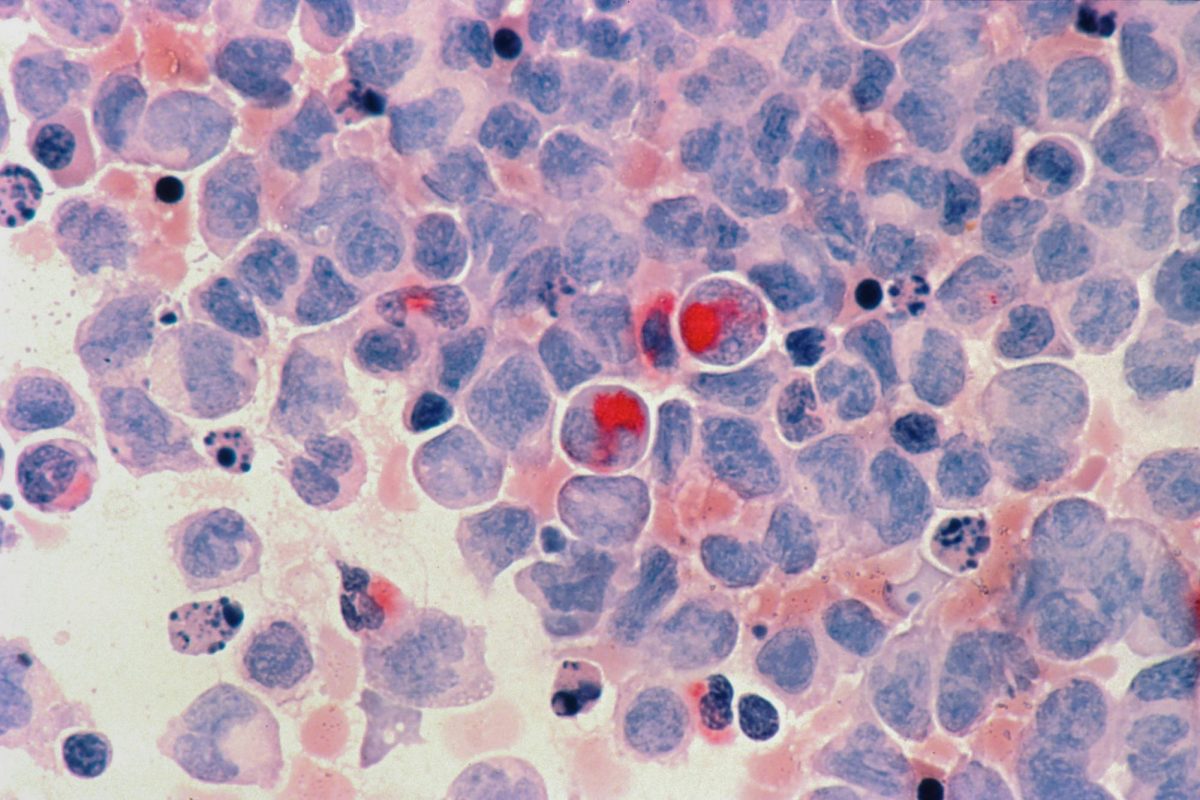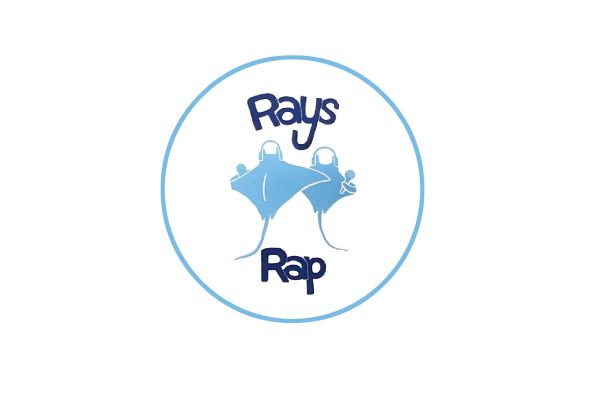Considered by some to be a “safe” alternative to alcohol, “kava” has gained popularity in recent years, mainly in the form of a drink. Made from the Piper methysticum plant’s roots, ground kava is typically consumed as tea when soaked in water. Native to Pacific islands such as New Guinea and Hawaii, kava has been prevalent in the lives of native people for thousands of years for both ceremonial and medicinal purposes.
Besides its prevalence in native cultures and traditions, kava has recently gained attention in countries like the US. Kava “bars” are popping up in cities around the country, serving as an alternative to drinking alcohol. After drinking kava, users often experience feelings of sleepiness, relaxed muscles, well-being, and numbness of the mouth. Despite being alcohol-free, kava still acts as a depressant of the nervous system, causing difficulty in balance and slowed reaction time. This is a problem because it is not illegal to drive after consuming kava. Therefore, consuming substantial amounts of kava can potentially impair motor skills, leading to car accidents and harm to people on the road.
In addition to the risks kava presents on the road, consuming kava can cause a range of long-term health problems, including breathing difficulties, worsened vision, liver damage, weakened immune system, kidney damage, heightened mental illness, and weight loss. Kava can also interfere with many different types of medication. With limited knowledge of the long-term effects of kava on the body as well as loose regulations on the drug, many health experts advise against consuming kava. Kava was banned in Canada in 2002 and in most of Europe in 2003 for harming the liver. Some deaths have even resulted from the drug. There is also no legal age requirement to consume the drink, meaning young people can irresponsibly consume it and suffer the consequences.
Much of the misinformation surrounding kava stems from the fact that it comes from a plant. People are given the idea that it is “all-natural” and safe because it comes from a plant. This is obviously not the case, as many other harmful drugs come from plants, such as tobacco and marijuana. Although, unlike these drugs, kava is not a controlled substance. This means that there’s no way to be sure where the drug is coming from, and whether or not it’s safe. There are hundreds of different kava species, each containing different levels of kavalactones, the main psychoactive ingredient in the drug. This means that the kava being served could contain a variety of different chemicals, increasing the risk of causing long-term organ damage.
Aside from the risks of kava itself, many establishments serve Kratom or CBD alongside Kava. CBD, when taken with kava, can enhance the effects of the drug, leaving users extremely dizzy and almost sedated (out of relaxation). Kava and CBD both lower blood pressure, and when combined can lead to extremely low blood flow. This can cause fainting, dizziness, and even death. Aside from CBD, Kratom is a different drug that is often served alongside kava which is dangerous and banned in 6 states. Frequent use of Kratom often leads to liver toxicity, seizures, substance use disorder, and in some cases, death. Once again, drugs like Kratom and Kava are relatively new to the market, so there is not enough information on them to prove that they can be used safely.
Ultimately, it is important to do your research before consuming new beverages, considering the potential consequences of doing so. Never try something new unless you are sure it is safe. It is with considerable reasoning that the FDA does not consider kava to be deemed safe for consumption.





















